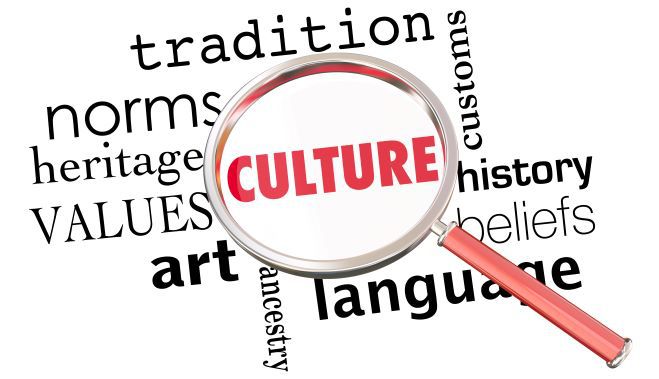Collaboration
Primary School Teacher: In the class students should learn about the main traditions of their region and they could create a short presentation to present to their peers. During a video conference call the students could present their traditions. Students should pay careful attention to the different traditions presented as teachers could prepare a test to check students knowledge and understanding. Art teacher: Masks have played an important role in various traditions since ancient times and they have been used in many different ways. Students are asked to look at the history of masks within their own countries and present their findings to their partners. Then, each partner class tries to recreate the masks of their partners. All masks are photographed and put online, and all students are asked to vote for the ones they liked the most. Primary School teacher/ Drama teacher: The partner classes organize a video conference to talk about the mascots they received and ask questions from their partners. The students could work in small teams and write a script with their dolls as heroes. One school starts the script and the other continues. The purpose is to mix their main traditions and create a puppet show. Art teacher:Once, the script is ready, the classes decide which part of the scenery they will create and they post the drawings to the TwinSpace in order all partners can print them. ICT teacher: Each class creates a video where students act out the script using stop motion animation or as a puppet show. They could do this in their mother tongue, or they can even split the script and each partner class can create part of the video and then merge them into one. Tools: Dotstorming, craft material,Meeting Words, Kahoot, Stop motion animationPrimary School Teacher: Each class discovers traditional recipes of their area. They could decide to organize a fair where students will be asked to cook with their parents and bring a traditional dish to the class. During this day, students and parents will have the opportunity to try different delicacies and vote on the one that they consider the most traditional. The dish with the most votes will be shared with the other partners. Then, the partner classes will take one of the recipes suggested by their peers and propose a different version of it using an ingredient from their region. All recipes will be gathered in an e-book. Sports Teacher: The students in each partner school learn a traditional dance and they post a short video of them dancing together with some hints about what the dance is called. The students from the partner school have to search and find the dance. Once they have done this they then could learn their partners’ dance and during a video conference they could exchange their experiences. Tools: Dotstorming, craft material,Meeting Words, Kahoot, Stop motion animation


